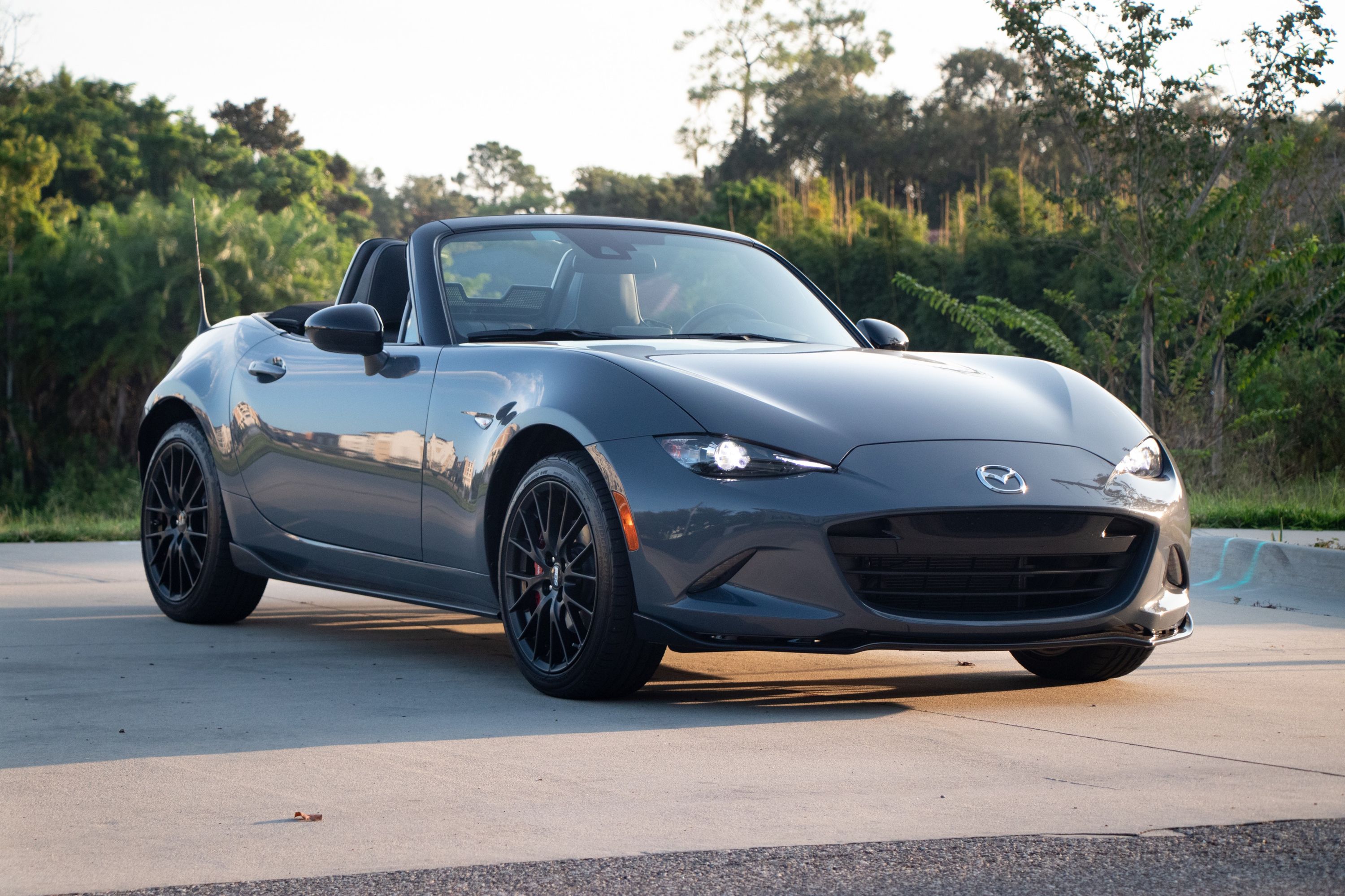
While most manufacturers are preparing an onslaught of hybrid and fully-electric models over the next few years, Mazda is swimming against the electric tide and believes that the internal combustion engine is still the powertrain of choice when looking at CO2 emissions as a whole.
Ichiro Hirose, Mazda's managing executive officer of powertrain development, was on hand at the LA Auto Show to speak to Australian publication CarAdvice about the company's plans going forward. More specifically, what's in store for future powertrains?
"Each region and market has different methods of electricity generation," said Ichiru. "So we have to look at how the electricity is generated in each region. In some regions, it might be clean, so EVs are a good fit. But in other regions, due to power and electricity generation methods, ICE engines may have more advantage in terms of emissions. When we think about the goal of CO2 reductions, I think there are still more regions that ICE is a better fit, so I think for the time being we should still focus on ICE."
The theory has some merit as most developing countries still make use of polluting coal powerplants for electricity generation, although focusing on a technology that is clearly being phased out may put Mazda on the back foot in the future.
Ichiro Hirose is anything but phased, he feels that gasoline engines can be made up to 30 percent more efficient and he has no plans to get rid of diesels either. With the move towards larger and heavier SUVs, he feels that CO2 reduction in that application is best served by a modern diesel engine.
He has plans for the rotary engine too, although it may act as a range extender rather than powering a new RX-style sports car that we have been hoping for. Clearly, Mazda does not follow the crowd and its commitment to the ICE may mean that we have a few more years left to enjoy cars like the superb little Mazda MX-5.
